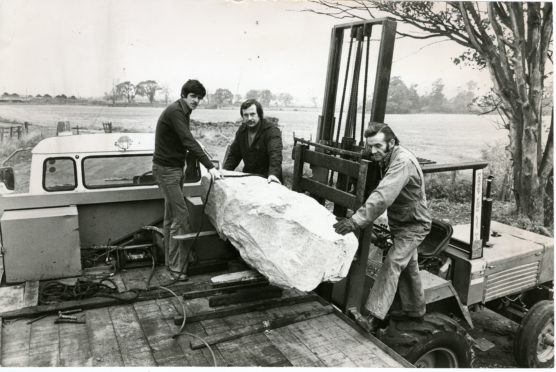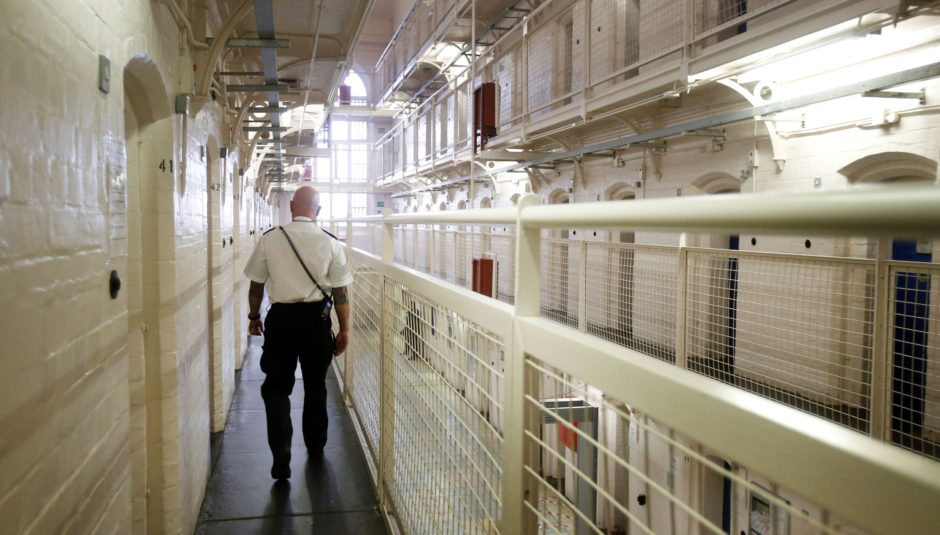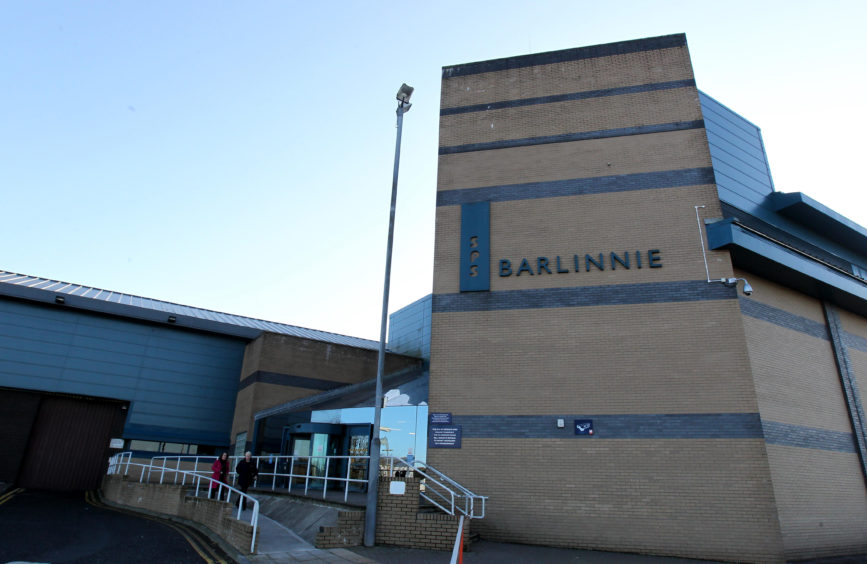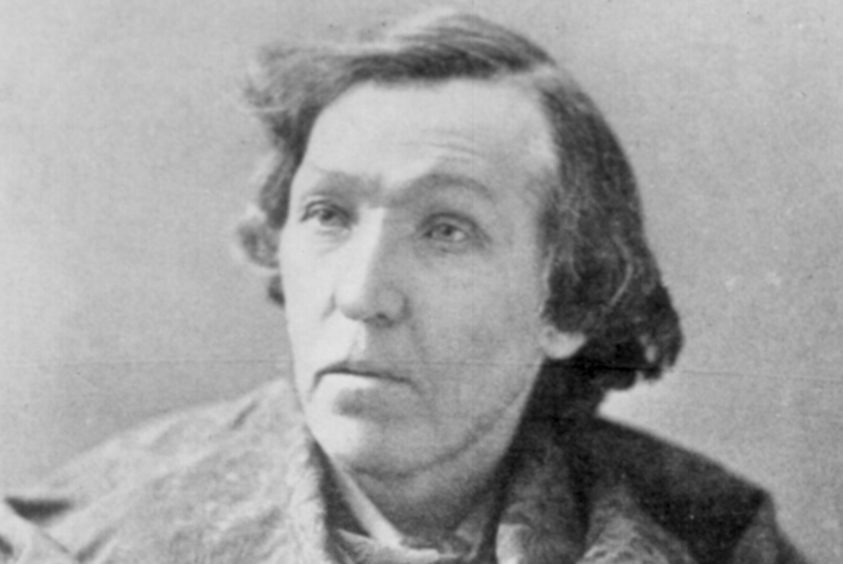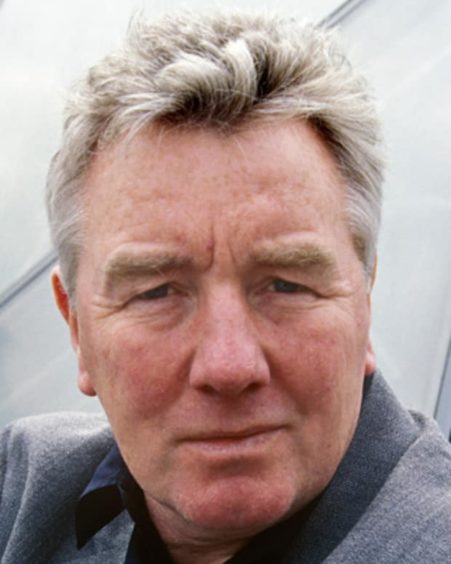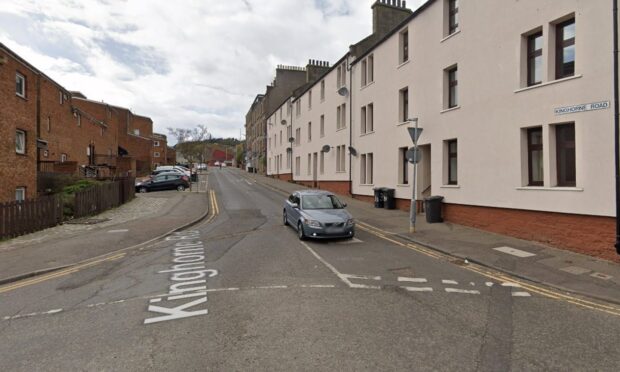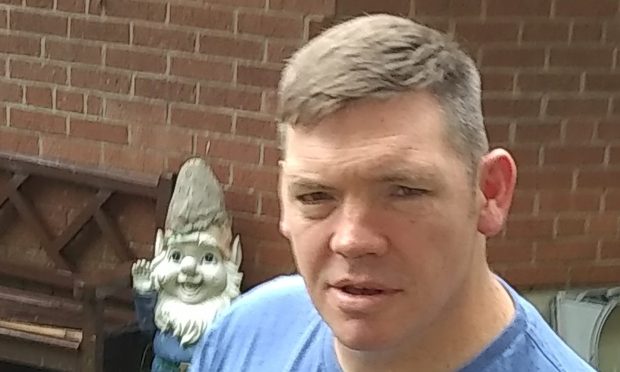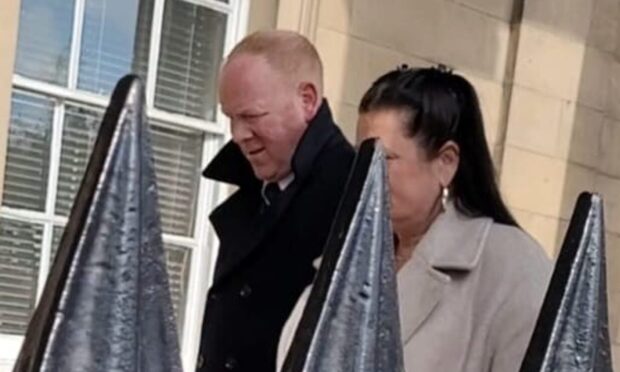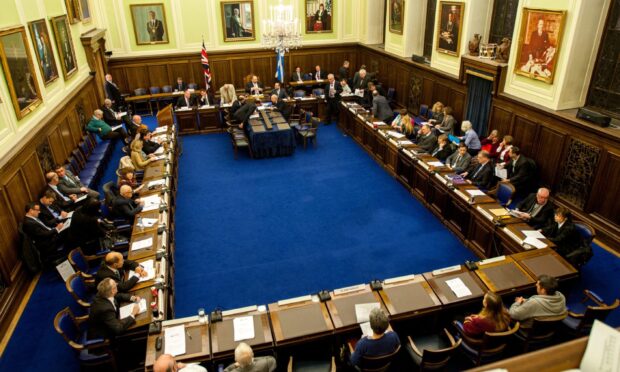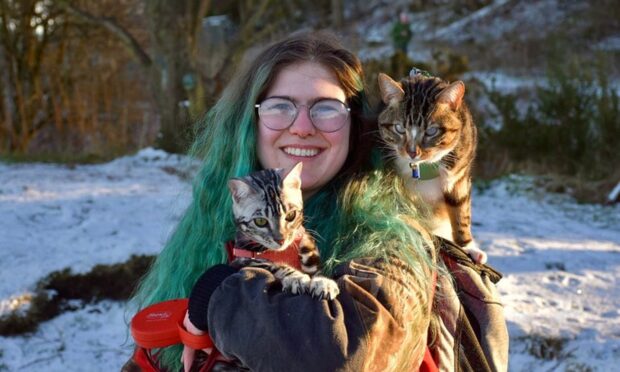It was the day a gangster serving a life sentence for murder agreed to sculpt an immortal memory to ‘Dundee’s bard’ from his prison cell.
The enduring saga would go on as long as some of William McGonagall’s best-known poems.
One of four brothers born in the tough Gorbals section of Glasgow, Jimmy Boyle was 23 when he was found guilty in 1967 of stabbing fellow gangster William ‘Babs’ Rooney at a house party and his subsequent behaviour behind bars saw him branded “Scotland’s most violent man”.
Boyle became one of the first prisoners at the newly-opened Special Unit at Barlinnie, designed to deal with the most troublesome of prisoners in the Scottish penal system, where he discovered a talent for sculpture.
Due to an art therapy programme, he started to work in clay and produced a male likeness, awakening a major creative talent.
Dundee Junior Chamber sent a letter to the governor of Barlinnie asking if Boyle would be willing to sculpt a memorial statue to McGonagall, who was considered the worst poet in the English language.
In March 1979 Boyle agreed after an appeal fund had raised £184 towards the project and Seabraes in Dundee’s Perth Road was identified as the likely spot for the statue to be erected.
Chamber president Ron Singer was forced to defend the controversial plan and pointed out that Boyle would be contributing something to the community.
He also defended McGonagall’s right to such a memorial, saying that he brought fame to his home city with his verse.
The junior chamber thought they had reached a happy conclusion when they were given a two-ton block of sandstone by a farmer in Kirriemuir.
They were forced to launch a frenzied assault on the sandstone with specialist cutting equipment because it was too big to pass through the door at Barlinnie.
Even then, the stone proved too hard for Boyle to work with and a second huge block was unearthed from a disused sandstone quarry at Coupar Angus.
The chunks of Keithick sandstone were loaded on to a lorry and delivered to Barlinnie but there were further difficulties when Boyle discovered there was a seam running through the sandstone and it was creating problems.
Things got worse when Boyle was transferred to Saughton Prison in Edinburgh in 1980. He did not have the same space to work and the project was put on indefinite hold.
Upon his release from prison in November 1982 Boyle moved to Edinburgh to continue his artistic career. The statue was never made and it was not until years later McGonagall Square was named in tribute to the poet.
The world’s worst poet
The 1885 valuation rolls locate McGonagall as the tenant of a dwelling house rated £4 13s at 31 Paton’s Lane, Dundee, next door to a charitable institution called The Home.
McGonagall’s own occupation stands out against those of his neighbours who variously worked as a tenter, mill worker, railway servant, dyer, baker and labourer — not carpet weaver, but ‘poet’.
McGonagall described how it was in Paton’s Lane that he was moved by the ‘spirit of poetry’.
“My Dear Readers of this autobiography, which I am the author of, I beg leave to inform you that I was born in Edinburgh.
“My parents were born in Ireland, and my father was a handloom weaver, and he learned me the handloom weaving while in Dundee, and I followed it for many years, until it began to fail owing to machinery doing the weaving instead of the handloom.
“So much so as I couldn’t make a living from it.
“But I may say Dame Fortune has been very kind to me by endowing me with the genius of poetry.
“I remember how I felt when I received the spirit of poetry. It was in the year of 1877, and in the month of June, when trees and flowers were in full bloom.
“Well, it being the holiday week in Dundee, I was sitting in my back room in Paton’s Lane, Dundee, lamenting to myself because I couldn’t get to the Highlands on holiday to see the beautiful scenery, when all of a sudden my body got inflamed, and instantly I was seized with a strong desire to write poetry, so strong, in fact, that in imagination I thought I heard a voice crying in my ears — “WRITE! WRITE.”
